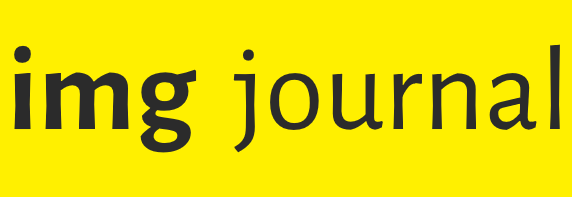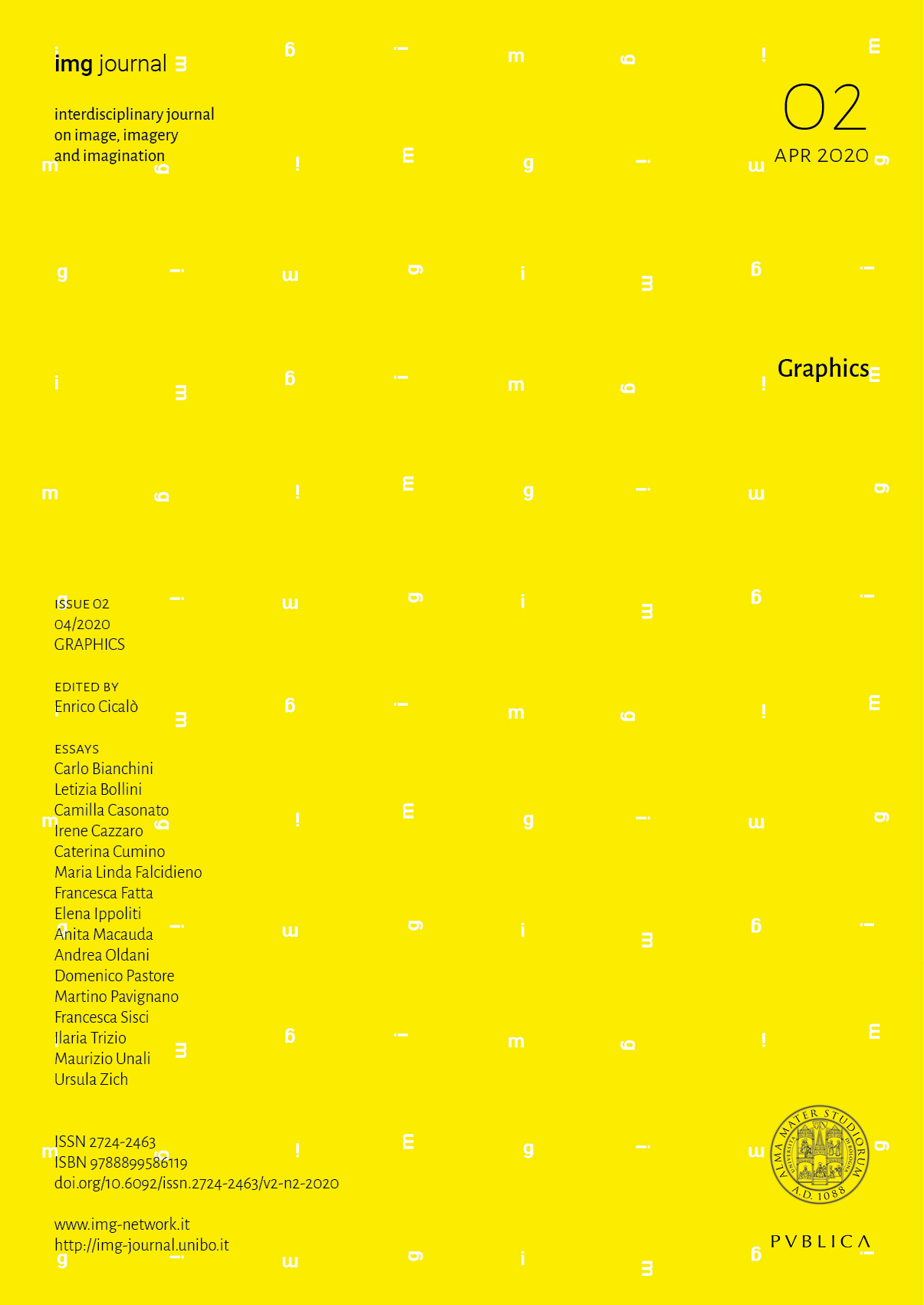The playful character of creative alphabets. The case of cover art between the 1930s and the 1970s
DOI:
https://doi.org/10.6092/issn.2724-2463/11118Keywords:
unusual alphabets, lettering, graphic experiments, cover art, artworksAbstract
What links Thomas More to Filippo Tommaso Marinetti? And how is the creativity of alphabets related to the cover art of vinyl records? And yet there is a common thread called lettering, which is variously articulated in the expressiveness of the typographic characters of the artists. There is a bi-planarity present in the letters of the alphabet: that of expression and that of content –signifier and signified meaning, but there is also an arbitrariness that does not connect, in any way, one to the other, the will of an alphabet to exist as an autonomous form of art. Lettering is perhaps the most appropriate area of graphics for experimenting, thinking, inventing, narrating and playing with elementary forms. Letters represent an extreme synthesis of the meanings of nature and of geometry and suggest unusual alphabets, prompting us to invent new stories. From the artistic avant-gardes of the 20th century, the playful revolution of lettering also invested the field of music with cover art. Many records are often first remembered, even more than for their music, for their cover art. The graphic design of the covers, moreover, often offers an intuition, at first glance, of the musical genre of the album and the personality of the artist. Today, the graphic design and the imaginative lettering of record covers have now become recognized as true forms of art.Downloads
Published
2020-07-16
How to Cite
Fatta, F. (2020). The playful character of creative alphabets. The case of cover art between the 1930s and the 1970s. Img Journal, 2(2), 128–147. https://doi.org/10.6092/issn.2724-2463/11118
Issue
Section
Contributions
License
Copyright (c) 2020 Francesca Fatta
Unless otherwise stated, the copyrights of all the texts on this journal belong to the respective authors without restrictions.
This journal is licensed under a Creative Commons Attribution 4.0 International License (full legal code).
See also our Open Access Policy.






